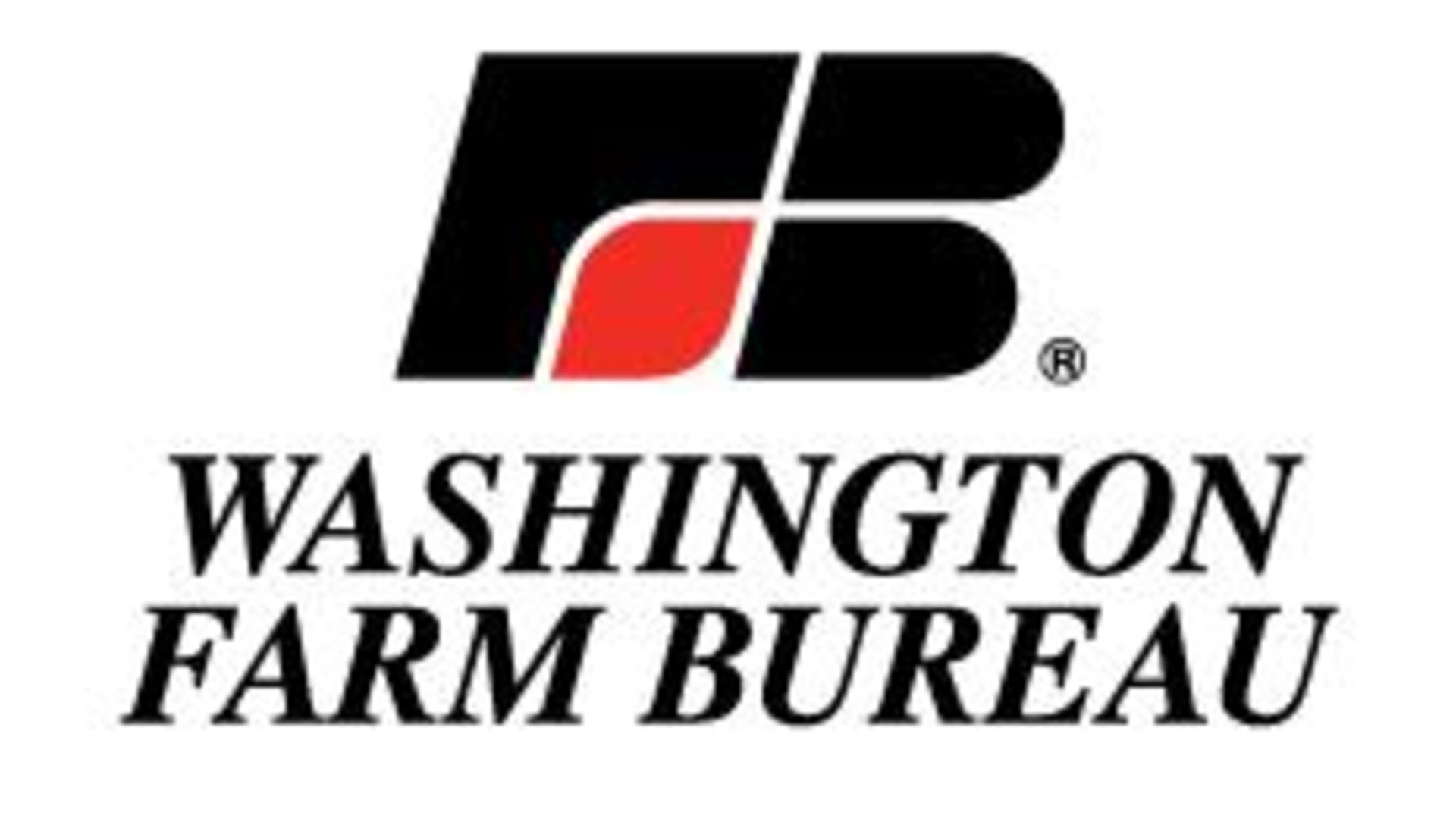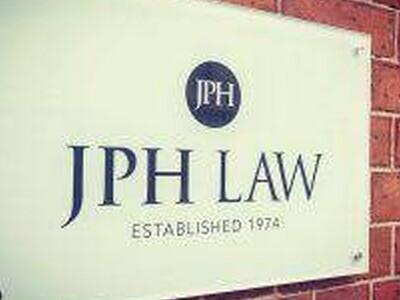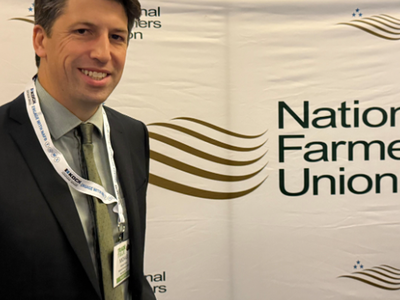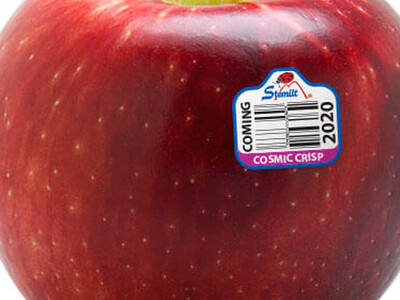Farm Safety Amid Coronavirus Pt 1
With today’s Fruit Grower Report, I’m Bob Larson. A lawsuit filed last week by farmworker labor groups is putting the ag industry on the defensive, while they’d prefer to be doing everything they can to keep everyone in ag production safe and healthy.Richard Clyne, Director of Safety & Claims at the Washington Farm Bureau, says every farmer he knows is doing everything that needs to be done, including social distancing …
CLYNE … “We’ve not had to do too much in the fields because the fields are wider open and they’re outside, but when you come down to packing lines and sorting lines as they’re ramping up, most place I know have already taking the precautions of moving work stations farther apart, of staggering shifts, making sure that folks have sanitizer, and putting in extra hand-washing stations that not only meet but exceed the requirements of DOSH and/or the CDC.”
Bottom line, Clyne says without the workers, what have we got? …
CLYNE … “It doesn’t behoove any employer, much less an agricultural employer who has a very different time frame than the usual manufacturer or retail operation. They have to have those people available and healthy and capable of doing their jobs. So, if what it takes is a little bit extra time on the line, if what it takes is a little bit more money to put in those precautions that will keep people safer, then they’re going to do it.”
Clyne says even before coronavirus, agriculture has been keeping their workers safe.
Tune in tomorrow for more .., on keeping the ag workforce safe and healthy.
#####
BL: Welcome back to another “Fruit Bites” brought to you by Valent U.S.A. With us again is Valent’s Allison Walston. And this week Allison, we need an update on the current status of pears in the PNW?
AW: from delayed dormant to petal fall, pear growers have an opportunity to reduce the initial pressure of pests like pear psylla. As soon as the pear leaves start to flush, getting spray coverage to all those feeding nymphs becomes more difficult. Plus, pear psylla begin to have overlapping generations. If you apply products early, you can control 1-2 stages rather than everything from eggs to nymphs to adults.
BL: what kind of damage do pear psylla cause?
AW: nymphs have piercing-sucking mouthparts and feed on new leaves. They excrete a sticky sugary liquid that grows black sooty mold. Populations can get so bad, that the excretions literally drip from the tree. The black sooty mold can grow on the fruit and russet the pear.
BL: Well, thanks Allison. Join us again next time for Fruit Bites, brought to you by Valent. Until then, I’m Bob Larson.

















